At the end of Alumni Way is an overlook known as Progress Point, with views of Lake Mendota, the campus shoreline, and Picnic Point. Inscribed in the railings are quotes to inspire current and future Badgers. Inlaid in the pavers at the center of Progress Point is the historic Numen Lumen University seal, with stainless steel bearing lines emanating from the seal with inscriptions pointing to significant places and moments in UW history.
Progress Point serves as a reminder that the Wisconsin Idea and the Badger experience may begin at Madison, but that is only the start.
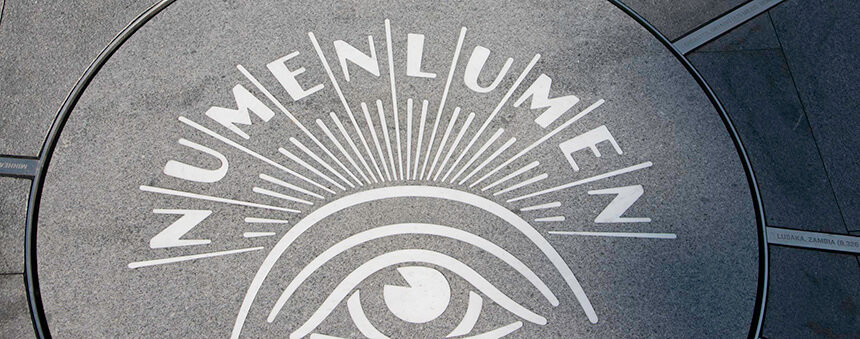
Numen Lumen
Some beginnings are not planned — for instance, the UW’s first official seal was a half dollar. According to early professor James Butler, the university didn’t have a seal for its first official documents, so regents used the reverse of a 50-cent piece instead. (It showed the figure of a bald eagle.) And then, in 1854, the regents asked John Lathrop (the UW’s first president) to create an official seal, and he, it seems coined the motto “numen lumen” from one of the Latin words meaning god and one of the Latin words meaning light.
Lathrop offered little insight into what this meant, and over time, the standard interpretation has become “God is our light,” which feels out of place at a public university.
There’s no record of Lathrop’s intent, and in fact, Numen Lumen is half of a longer Latin phrase — Astra Castra, Numen Lumen — that was popular in intellectual circles in the mid to late 1800s.
So what is the best way to translate the motto, considering its probable agnostic intent?
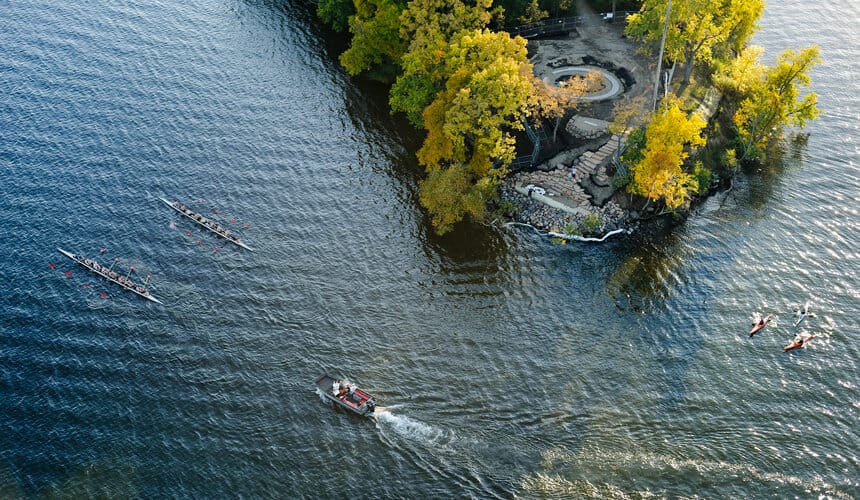
Most Studied Lake in North America
Lake Mendota (90-ish feet)
For many the UW is a place to meet new people and ideas, so it seems fitting that the campus’ lake is about an encounter.
Mendota is a French misinterpretation of a Dakota word (Mdo-Te) that means “the confluence or meeting of waters.” As perhaps the most studied lake in the world, Lake Mendota is a confluence not only of waters but of minds. At the meeting place of the Yahara Watershed, a network of scientists came together and founded the field of limnology, the study of inland waterways.
The first research paper about Lake Mendota was published in 1895 and titled “Plankton Studies on Lake Mendota: The Vertical Distribution of the Pelagic Crustacea during July 1894.” The dry headline belies the significance of the work: for the first time, researchers observed that a lake is made up of layers, and that the composition of plants and animals in those layers varies over the course of the year as lake temperatures change.
Shortly afterward, Birge founded the university’s limnology department, and in 1900, he hired Chancey Juday, a young scientist who would become Birge’s closest collaborator. Over the next 40 years, the pair produced almost 1,500 pages of research.
Today Lake Mendota is considered the most studied lake in North America.
Open your mind and allow yourself to see things from others’ perspectives.
Dong-Soo Hur
South Korea (6,417 miles)
MS 1968 PhD 1971
The UW’s First International Student
Ancaster, Ontario (475 miles)
Home of William Stewart, Attended 1849
Since its founding, international students have been part of the University of Wisconsin — and it all started with a Canadian.
That Canadian was William Stewart, from Ancaster, Canada West (now Ontario), who was among the 20 men who attended the first UW classes on February 5, 1849.
“[Students] are here with a particular purpose and know how to make the most of the time spent at college.”
—Yufong Sun wrting to Louis Lochner BA1909
The turn of the 20th century witnessed a boom in the number of international students at U.S. colleges and universities. In 1899, only nine students from other countries were enrolled at the UW, but just a few years later, Wisconsin was at the vanguard of a new movement to encourage and support international students.
During that era, the first four Chinese students came to UW. Yufong Sun BS 1909 transferred to the UW from Cornell after sitting in on a summer course, and he encouraged his cousin Jee-fong Sun BS 1912, and friend Juedan Tun-Shou Chen BS 1909, to join him in pursuing engineering degrees. Chu-Tung Tsai BA 1910 happened to meet a Wisconsin alumnus in his hometown of Canton (Guangzhou), who inspired him to study political science at the UW. The four men were among only a few hundred Chinese scholars studying in America at the time.
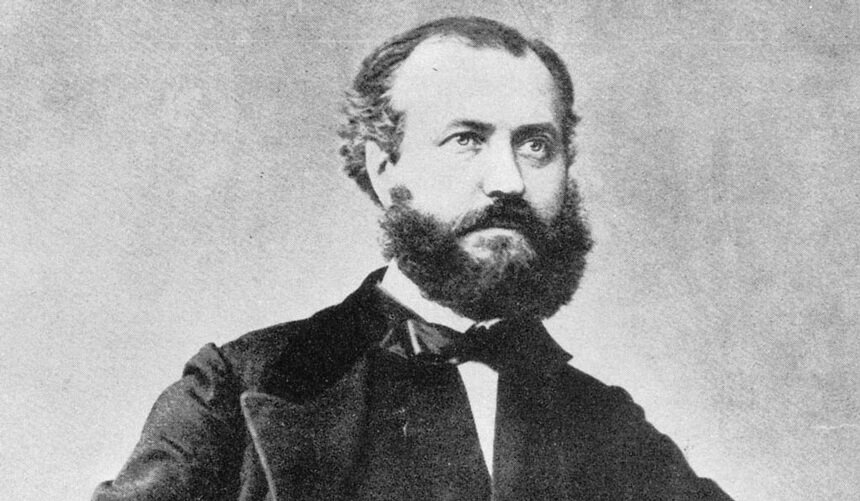
The Origin of Varsity
Paris, France (4,145 miles)
Birthplace Of Charles Gounod
In 1853, a French composer named Charles Gounod (born in Paris) wrote a hymn for Napoleon III called “Domine Salvam Fac” (or “O Lord, save”).
In 1898, UW music and choral instructor Henry Dyke Sleeper published a songbook that included “Varsity Toast,” a song he intended as a new “invocation and battle slogan” for the UW. (The original definition of the word “varsity” is a shortening of the word “university.”)
Charles Kendall Adams (UW president from 1892-1902) said, “A great University is a singing University,” and surely Varisty is fitting of such greatness.
It is unknown which accomplishment Gounod would be more proud of: a hymn for Napoleon III or more than 400,000 alumni.
Praise to thee, our alma mater…

The First Female U.S. Ambassador To An African Nation
Lusaka, Zambia (8,326 Miles)
Jean Wilkowski MA 1944
In 1943, life was going smoothly for 23-year-old Jean Wilkowski MA1944. As a staff member at Barry College in Miami (now Barry University), she was teaching journalism courses and writing for the college’s public relations office. She was even working on and off toward a master’s degree.
Then a pestering priest showed up, and everything changed.
That priest badgered Wilkowski into considering the U.S. Foreign Service until she finally went to Washington, D.C., to meet with a recruiter at the height of World War II. Over the next 35 years, Wilkowski became one of the top U.S. diplomats, serving in Colombia during a revolution and Honduras, where she rose to prominence for coordinating the U.S. relief effort after the 1969 “Soccer War.”
In 1972, Wilkowski was invited to become the first female U.S. ambassador to serve in an African nation. She served in Lusaka, Zamabia.
“Who would have thought that a young girl born in Rhinelander, Wisconsin, in the early part of the 20th century, the tallest in her class and always in the back row so the other children could see the teacher, would become a United States ambassador and travel around the world?”
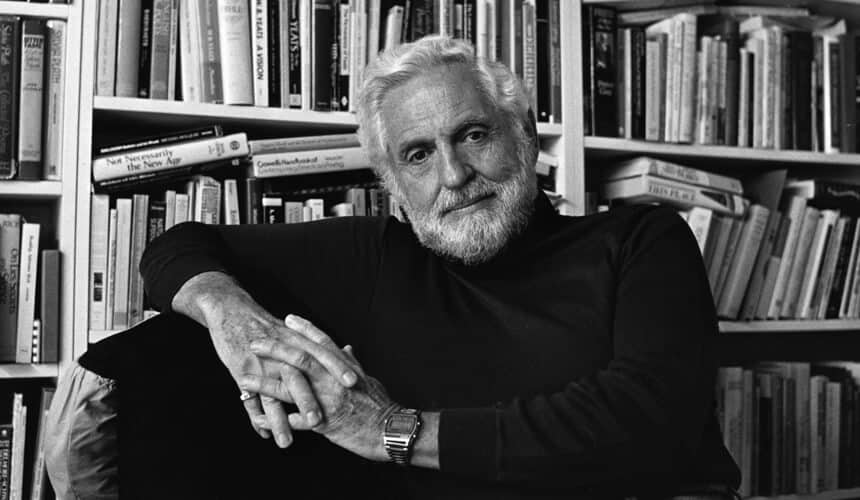
Synthesis of the First Birth Control Pill
Mexico City, Mexico (1,726 Miles)
Carl Djerassi PhD 1945
His story opens dramatically. Born to Jewish parents in Vienna, Carl Djerassi PhD1945 split his childhood between his mother’s Austria and his father’s Bulgaria. When the Nazis annexed Austria to Germany in 1938, he and his mother fled, eventually landing in New York City with little money.
Djerassi raced through his education, obtaining his doctorate from the UW in 1945 at age 21. His dissertation studied how to transform testosterone into the female hormone estradiol, and that early interest in changing human hormones via chemistry would become the major theme of his scientific career.
Shortly afterward, he relocated to Mexico City to become a researcher at Syntex. With his team, Djerassi developed a steroidal progestin that ultimately became an integral part of the first oral birth-control pill.
Next, Djerassi was recruited to Stanford in 1959 by William Johnson, one of his former UW professors. He ultimately published more than 1,200 scientific papers.
But his story didn’t stop there.
When you say Wisconsin, you’ve said it all!
Phillip T. Gross BBA 1982 MS 1983 & Elizabeth C. Gross
Boston (930 miles)
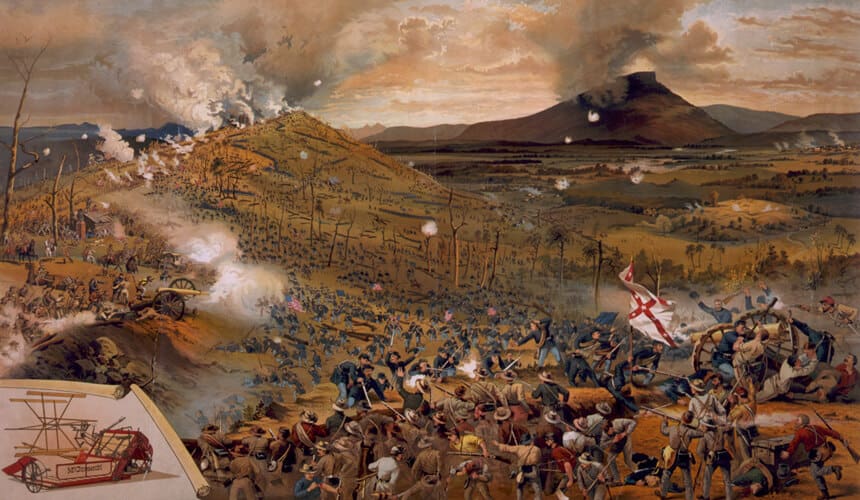
Origins of “On, Wisconsin!”
Chattanooga (597 Miles)
The Battle Of Missionary Ridge
The afternoon of November 25, 1863, was a brutal one for Wisconsin’s 24th Volunteer Infantry Regiment. As the Union Army attempted to push up Missionary Ridge outside of Chattanooga, Tennessee, the men were greeted with gunfire from the well-protected Confederate soldiers guarding the hill.
The flag bearer fell, and another man took his place. He, too, was shot down. Then a third young man picked up the flag, ran up the hill, and shouted “On, Wisconsin!” as he planted the standard in the ground. The rallying cry boosted Union morale, and the regiment ascended the ridge and broke the Confederate line. Eighteen-year-old Lieutenant Arthur MacArthur Jr. received the Medal of Honor for his bravery that day, and his shout echoed into Wisconsin history.
One “frosty Sunday morning” (in September)
Then, in 1909, Carl Beck BA1913 overheard his friend practicing a melody that he intended to submit to the University of Minnesota’s contest for a new football fight song. Carl thought the song was better suited for another school.
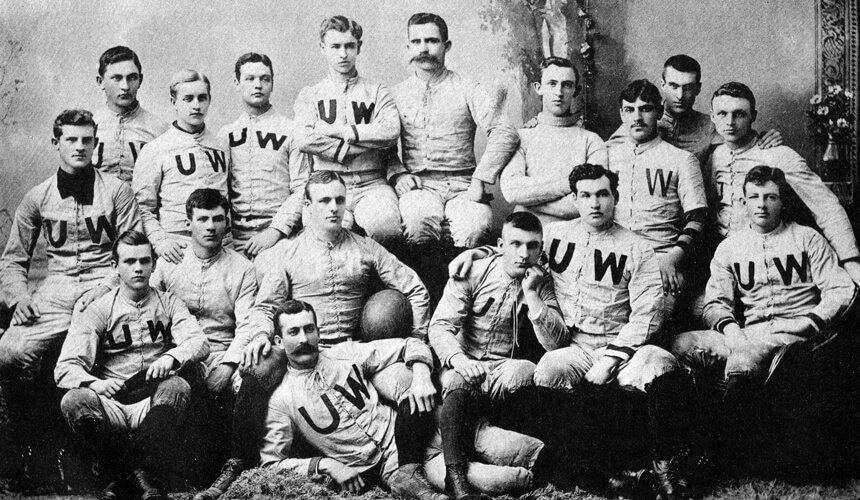
Oldest Rivalry In Major College Football
Minneapolis (233 miles)
Playing Every Year Since 1890
On November 15, 1890, the Badgers traveled to Minneapolis to face the Minnesota Golden Gophers for the first time in what would become the longest-running Division I rivalry in college football. The Gophers were having their first definitively successful season since forming in 1882, though the Badgers, too, were feeling confident. Wisconsin’s football program was only in its second year, but the team had just come off its first win, an outstanding 106–0 victory over Whitewater Normal (now UW-Whitewater).
But whatever hope Wisconsin brought to the field quickly vanished. The Gophers handed the Badgers a devastating 63–0 loss that’s still the most lopsided defeat in Wisconsin football history. The team went on to lose the rest of its season, and though the Badgers rallied for a winning record in 1891, Minnesota yet again came out on top when the two met.
The rivalry evolved into a tradition, and the two schools have played against each other every year except in 1906, when President Theodore Roosevelt suspended college football due to safety concerns.
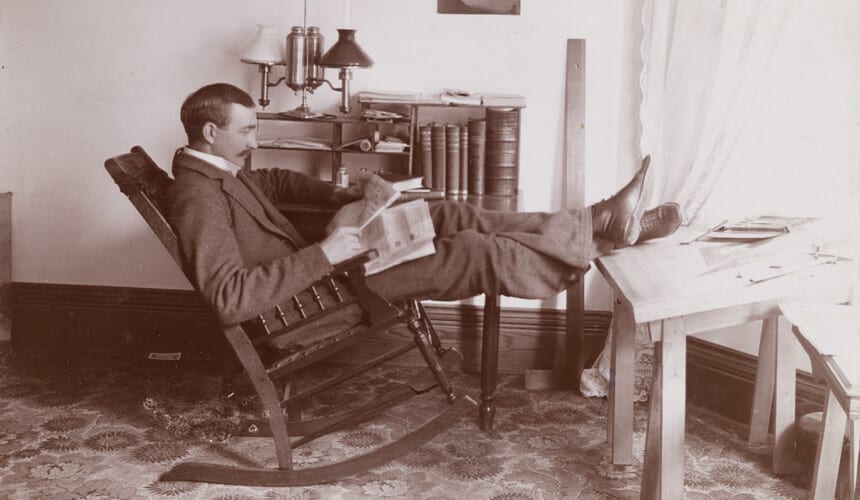
Chief Engineer Of The Panama Canal
Panama Canal (2,426 miles)
Edward Schildhauer BS 1897
Born to German immigrants in New Holstein, Wisconsin, Edward Schildhauer BS 1897 preferred music to science. As a teenager, he taught local farmers to play a variety of instruments and formed the short-lived New Holstein Cornet Band. He also played cornet in an American Cadet band and was the first conductor of New Holstein’s Citizens Band, among other gigs.
The young Schildhauer grew tired of his day job, though, which involved swinging a 14-pound sledgehammer for 50 cents a day. At age 15, he moved to Milwaukee to join an orchestra — and on even more brutal work: covering steam boilers with sheet metal. During his breaks, Schildhauer watched the switchboard operator and decided it was time for a fundamental career change. He moved to Madison to study electrical engineering at the UW.
Then, in 1904, the United States took over an ambitious plan that French engineers had abandoned: working to build a 50-mile canal joining the Atlantic and Pacific Oceans through Panama. The only problem? The Americans had no idea how to actually operate the biggest canal ever constructed and needed engineers for the job.
Make your mark on the world.
And tell us how you’re embodying the Wisconsin Idea with Alumni World
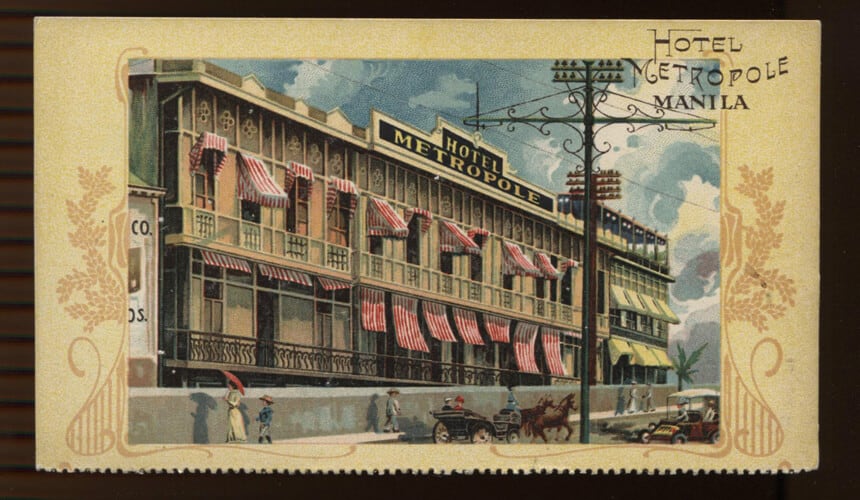
First Overseas Alumni Chapter
Manila, Philippines (8,007 Miles)
Founded In 1908
Badgers are a far-flung bunch: there are 13 active international Wisconsin Alumni Association chapters, six of which are located in Southeast Asia. That region has long been the hub of the UW’s international network, as the first international alumni group was founded in the Philippines in the first decade of the 20th century.
In April 1909, the Wisconsin Alumni Magazine recorded that UW graduates in Manila had gathered for the “first annual Philippine Interfraternity banquet.” Held at the Hotel Metropole, the event was attended by seven alumni, three of whom held government positions and four of whom were in the U.S. Army. At the time, the Wisconsin Alumni Association knew of at least 150 graduates living on the Philippine island of Luzon.
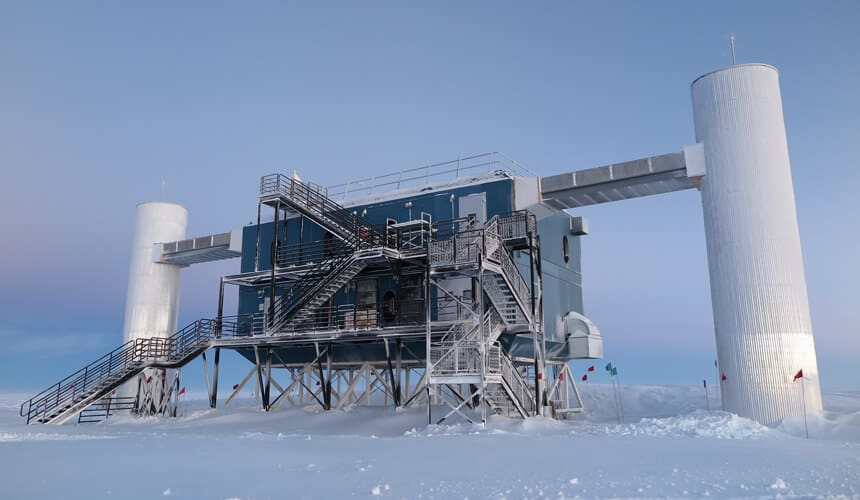
Amundsen-Scott South Pole Station
Antarctica (9,181 miles)
Home of the UW-Sponsored IceCube Neutrino Observatory
Since 2002, the IceCube Neutrino Observatory has helped researchers to look for evidence of neutrinos, the elusive subatomic particles that originate in the sun and the Earth’s atmosphere. Neutrinos are nicknamed “ghost particles” because they can pass through matter mostly undetected, and even though they’re tiny, they could help to explain some big questions about the forces of the universe.
IceCube is made up of more than 5,000 detectors suspended under glaciers near the South Pole. When a neutrino interacts with a water molecule in the pristine, unpolluted ice, it produces a tiny flash of blue light. The IceCube detectors record those flashes and report them back to the rotating collection of scientists who ensure that the research station is staffed year-round. UW-Madison is the lead institution on the project, which is funded by the National Science Foundation and includes 250 collaborating researchers from 10 countries.
In 2013, IceCube found 28 neutrinos that appear to have originated outside of our solar system — the first evidence of cosmic neutrinos.

 17° F
17° F